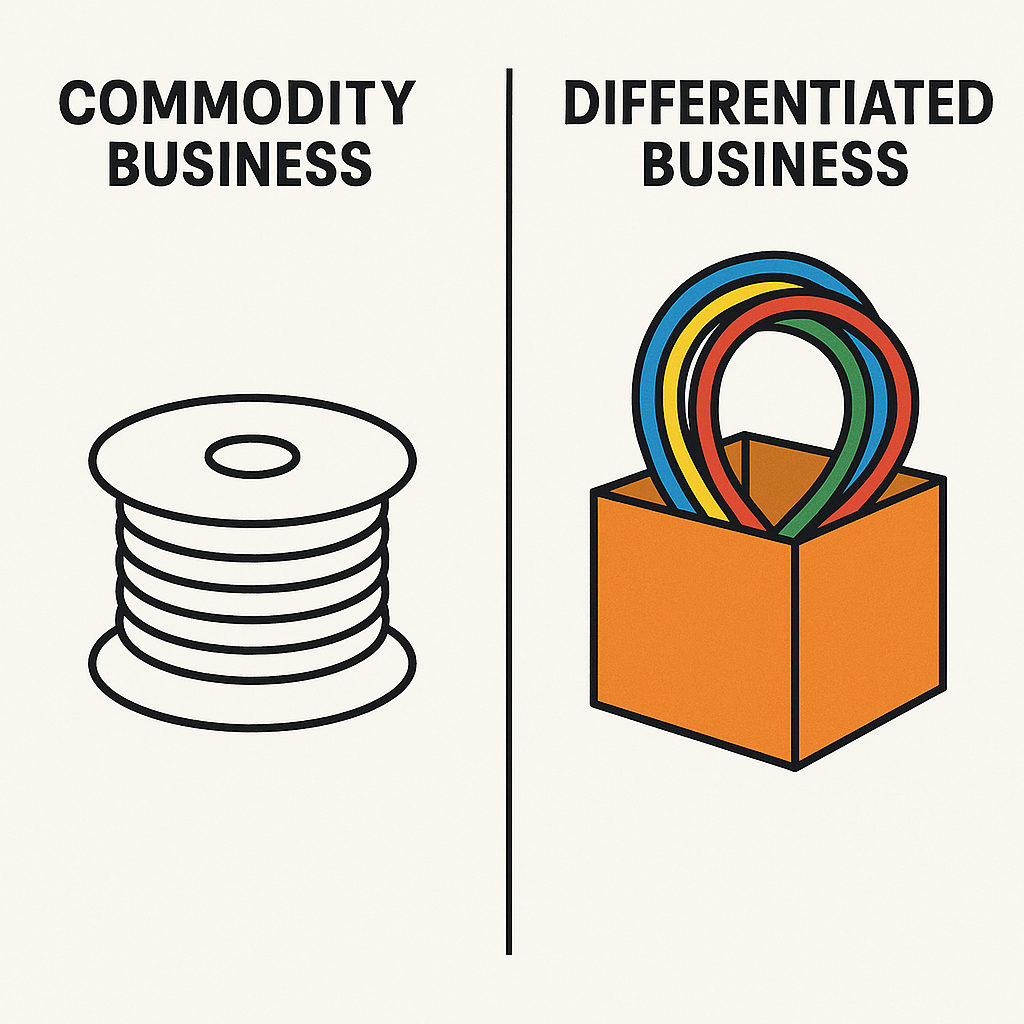Balanced Metrics: What Gets Measured Should Actually Matter (2 Minute Read)
By Trent Lee — The CEO’s Sage
One of the most common traps I see in growing businesses is this:
They measure everything… except what actually moves the business forward.
Leadership teams often show me dashboards packed with KPIs—revenue, margins, pipeline, utilization—and assume they’re in control of execution.
So I ask:“Which of these metrics helps you course-correct before a result shows up in your P&L?” Crickets.
This is where the third pillar of execution comes in: Balanced Metrics.
Lagging vs. Leading: Know the Difference
Most companies are over-reliant on lagging indicators—metrics that tell you what’s already happened. Revenue, profit, EBITDA… important? Absolutely. But they’re the outcome, not the input.
To manage execution in real-time, you need leading indicators—those signals that tell you if your strategy is working before the financials come in.
Want to improve revenue? Then track:
• Number of sales conversations held
• Proposal-to-close ratios
• Follow-up velocity
• Referral rates
• Net Promoter Score
• Employee engagement
These are the gears that turn the revenue engine—not just the readout at the end of the month.
What a Balanced Scorecard Looks Like
A strong, execution-focused scorecard includes metrics across five categories:
1. Financial – Revenue growth, margins, cash flow
2. Customer – Retention, satisfaction (NPS), complaints
3. Internal Process – Efficiency, cycle times, error rates
4. People & Culture – Turnover, engagement, training completion
5. Sales Activity (Leading Indicators) –
- Daily/weekly outbound touches
- First-time meetings booked
- Conversion rates at each sales stage
- Sales cycle length
- CRM hygiene & pipeline velocity
Sales activities are often overlooked but are essential execution indicators. They reflect effort, focus, and momentum—all critical levers in B2B and service-based businesses.
The Problem with Misaligned Metrics
Many leadership teams say they want innovation, agility, or customer intimacy—but then measure only financial efficiency.
That’s like saying you want to lose weight, then only tracking how much you spend on groceries.
If your metrics don’t align with your strategy, your teams will chase the wrong goals with perfect precision.
Final Thought: Don’t Measure for Measurement’s Sake
Metrics should drive conversations, decisions, and accountability—not fill dashboards to make us feel productive.
Here’s a rule of thumb I share with CEOs:
Just because you can track a number doesn’t mean you should.
Ask yourself: “Would I do anything differently if I had this data?”
If the answer is no? Don’t track it.
Balanced, intentional metrics turn confusion into clarity—and strategy into execution.
—
Trent Lee helps CEOs and leadership teams scale execution by aligning strategy, leadership, and performance systems. Connect on LinkedIn or visit www.compassleadershipadvisors.com to learn more.

Visit our website: www.compassleadershipadvisors.com
Follow us for more information on LinkedIn
Got a question? Email us











Share On: